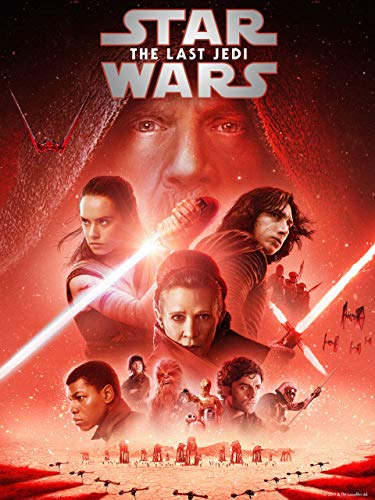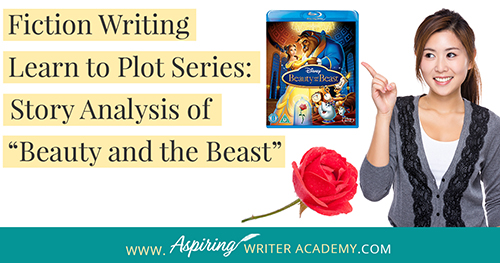Fiction Writing: What is the ‘Man in the Mirror Moment?’
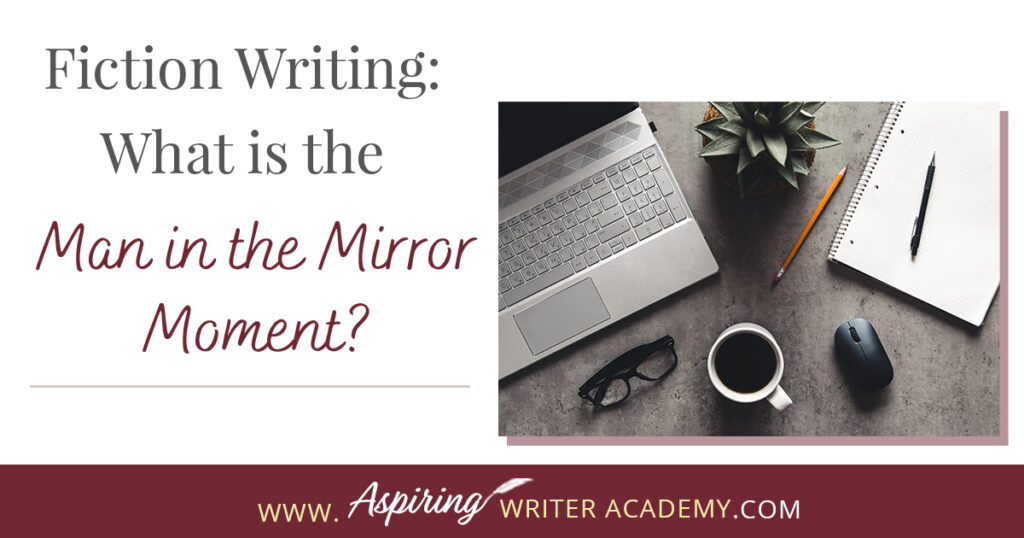
Do you have a ‘man in the mirror moment’ in your fictional novel? Can you readily identify this pivotal moment in movies or other author’s fiction? Not only is it a turning point in the protagonist’s character arc, but it drives the external storyline forward during the second half of Act II.
In our post, Fiction Writing: What is the ‘Man in the Mirror Moment?’ we explain what this term means and how you can strategically use it to strengthen your entire novel.
In the post below we will discuss:
- What is a ‘Man in the Mirror Moment?’
- Examples From Popular Stories and Films
- How to Use a ‘Man in the Mirror Moment’ in Your Own Writing
1) What is a ‘Man in the Mirror Moment?’
A ‘Man in the Mirror Moment’ occurs halfway through a fictional film or story and shows the protagonist taking a look at himself and deciding to make a change. He reflects on who he is and who he needs to become in order to succeed.
The protagonist may be seen looking at his reflection in a mirror, a glass window, or body of water to represent self-reflection, or he could be taking a moment (without a mirror) to ponder on his inward self and next steps going forward.
While the main character is more reactive during the first half of the book, new information or an unexpected big event will occur at the midpoint of the novel that will lead him to have this moment of self-reflection. Afterward, the character will be pro-active in pursuing his goal, making a change that he believes will help him get what he wants. This turns the direction of the story.
The ‘Man in the Mirror Moment’ also reveals what the story is really about which ties into the theme. Who was your protagonist before this moment? How is he different after this point in the story? How will he change? Why must he change?
Are the odds stacked against him? Is what he has been doing not working? What will happen if he does not change course?
Award-winning author, James Scott Bell, says that at every midpoint of a fictional story, there is a moment where “the main character has to figuratively look at himself, as in the “mirror” and be “confronted with a disturbing truth: change or die.”
(Sometimes the threat of death is metaphoric such as in the possible loss of a relationship, job, golden opportunity or chance to be the individual they were meant to be, or it could signify that if the character doesn’t change, he will face actual death).
James Scott Bell explains, “The Man in the Mirror Moment can be a starting place for you when you are dreaming up your story to start with. You can imagine your main character making this momentous decision to change direction. Then you can imagine what his psychological history is that would bring him to this point, and also imagine his eventual transformation at the end of the book. The rest of the plot elements can fall out from there.”
“The Man in the Mirror Moment,” says Bell, “is about inner transformation that leads to outward actions. If your characters have both an inner and outer journey (and they should), they intersect here.”
You can read more about the ‘Man in the Mirror Moment’ in either of his two books, Write Your Novel from the Middle.
Examples From Popular Stories and Films
“Avatar” (2009) Film written and directed by James Cameron
At the midpoint of the movie, after Jake Sully and Neytiri (a Na’vi native of the planet Pandora) become a mated pair, Jake wakes up in his human body and reflects on what he has done, who he really is, and what he knows is inevitably going to happen. He says to himself, “Jake, what are you doing?” When he re-awakes back into his avatar body, he sees the human military trying to hurt the Na’vi people and he goes against the orders of his commanders and fights back to save the indigenous tribe. He has chosen a side – to align with the Navi people. This is a turning point because there is no going back. During the rest of the movie, Jake’s actions change from reactive to proactive. He is done learning and trying to appease both sides. He will now change tactics and put everything on the line to succeed in his quest to help the Na’vi people.
“I Heard the Bells” (2022) Film by the Sight & Sound Theater
After losing his beloved wife in a devastating tragedy, and nearly losing his son, Charley, who returns home wounded from the Civil War, Henry Wadsworth Longfellow looks at himself in the mirror and must decide if he will embrace writing poetry again or not. He is struggling with his faith in God and needs to reconsider what he believes. This drives his actions going forward during the second half of the story where he strives to write the right words and find success.
“Star Wars: The Last Jedi” (2017) Film by Walt Disney Studios Motion Pictures
The main character, Rey, falls into a mirror cave, and she hopes it will give her a clue about who her parents were, but the mirror only shows her a reflection of herself. She is also tempted by the dark side and challenged by Kylo Ren on her true identity.
“Titanic” (1997) Film written and directed by James Cameron
At the midpoint of this epic film, Rose is having tea in the dining room of the ocean liner and notices a young girl at the next table being taught social etiquette of polite high society. Rose sees herself in this young girl and reflects on her own upbringing and who she really wants to be.
She has been waffling over her upcoming marriage to her fiancé, Cal, but this scene helps her decide that is not the life she wants for herself. Rose changes her mind and goes to meet Jack Dawson on the deck of the ship. She is now ready to embrace a relationship with him and a life of adventure.
“Armeggedon” (1998) Film starring Bruce Willis, Liv Tyler, and Ben Affleck
The “man in the mirror moment” comes at the halfway point during a crises where the characters must make a decision that will significantly alter the course of the story. Oil driller, Harry Stamper is arguing with Col. Willie Sharp, (the shuttle pilot) over the orders to detonate the nuclear bomb on the asteroid before drilling to the needed 800 ft. mark. Harry begs Col. Willie Sharp to wait and consider why he wants to follow the orders of someone thousands of miles away and put all of Earth’s lives at risk, along with their lives and the lives of the Col.’s two little girls. Col. Sharp must decide whether to trust Harry Stamper or obey the orders from Nasa. He decides to trust Harry and they put aside their antagonistic differences and start working together to drill to the 800 ft. mark before detonation to try to save Earth and their families. Not changing would have meant certain death.
“Just Like Heaven” (2005) Film starring Reese Witherspoon and Mark Ruffalo
The heroine, Elizabeth, accompanies David, the man who has taken up residence in her apartment and thinks she’s a ghost, to the hospital. At the midpoint of the story, she sees herself in the hospital bed and realizes she is in a coma (while her spirit is wandering around.) As she gazes at herself, she realizes she had always worked so much that she didn’t allow herself to have much of a life. Overhearing the doctor say they may take her body off life support soon, helps Elizabeth decide she really wants to live and needs David’s help. This changes their formerly antagonistic relationship to one where they are actively working together to help save her.
“Pride and Prejudice” Films based on the novel by Jane Austin
In the (1995) 6-part British television drama adapted by Andrew Davies starring Jennifer Ehle and Colin Firth, this midpoint “Man in the Mirror Moment” occurs after Fitzwilliam Darcy proposes to Elizabeth Bennett and she declines, pointing out why she could never possibly marry him. Mr. Darcy asks, “Is this what you really think of me?” Both characters are forced to consider who they really are as individuals and what they want. And Mr. Darcy is standing in front of a mirror.
In the 2005 film version, starring Keira Knightley and Matthew Macfadyen, there is no actual mirror, but in the scene where Mr. Darcy comes to Elizabeth to defend his behavior and actions which she cited as the reason she cannot marry him, Elizabeth has her back to him and faces the camera as if looking in a mirror to ponder who she has become and what she believes.
“Beauty and the Beast” (1991) Film by Walt Disney Pictures
The “Man in the Mirror Moment” of this story based on a fairytale, comes when the Beast gives Belle a magic mirror that will allow her to see her father. However, when she takes a look, Belle finds that her father is sick and wants to go to him. The Beast realizes that he cares for Belle and instead of keeping her a prisoner in his castle, he decides to let her go. He tells her to take the mirror with her to have a way to look back and remember him. Belle realizes the Beast is not a monster but a sweet individual who she has come to care about very much. This changes their relationship for the rest of the story.
You May Also Like Our Blog Post: Learn to Plot Fiction Writing Series: Story Analysis of “Beauty and the Beast”
3) How to Use a ‘Man in the Mirror Moment’ in Your Own Writing
- First, watch a few more films or read a few books on your own and try to pinpoint: what is the moment that the character(s) realize they must change or die? This should occur right at the halfway point of the story. What type of “death” or great loss will the characters face if they do not change?
- Next, either create or try to pinpoint an event at the midpoint of your novel that can trigger a need for your character(s) to change. Did the character receive new information or did the antagonist do something to force the character to choose sides or make a pivotal decision?
- How will this trigger event instigate a “man in the mirror moment” where the characters must stop to reflect on who they truly are and where they want to be and what they need to do next?
- How will this reflective moment slingshot the story into the second half? How does their decision change their relationships and/or change the course of the story? How will your main character act differently (more pro-active) going forward?
We hope you have enjoyed Fiction Writing: What is the ‘Man in the Mirror Moment?’ and that you have gained some valuable tips to write a fabulous midpoint for your fictional novel that changes the character as well as the direction of the story.
If you have any questions or would like to leave a comment below, we would love to hear from you!
If you like more help developing your story, you may wish to download our Free Brainstorming Your Story Idea Worksheet
Do you find it difficult to create compelling antagonists and villains for your stories? Do your villains feel cartoonish and unbelievable? Do they lack motivation or a specific game plan? Discover the secrets to crafting villains that will stick with your readers long after they finish your story, with our How to Create Antagonists & Villains Workbook.
This 32-page instructional workbook is packed with valuable fill-in-the-blank templates and practical advice to help you create memorable and effective antagonists and villains. Whether you're a seasoned writer or just starting out, this workbook will take your writing to the next level.
Our Goal for Aspiring Writer Academy is to help people learn how to write quality fiction, teach them to publish and promote their work, and to give them the necessary tools to pursue a writing career.

ENTER YOUR EMAIL BELOW
TO GET YOUR FREE
"Brainstorming Your Story Idea Worksheet"
7 easy fill-in-the-blank pages,
+ 2 bonus pages filled with additional story examples.
A valuable tool to develop story plots again and again.
Other Blog Posts You May Like
Why Your Characters Need Story-Worthy Goals
Fiction Writing: What is a Character Arc?
How to Create Antagonists Who Are Not Villains
How to Create the Protagonist for Your Fictional Story
How to Choose Characters to Populate Your Fictional Story
Fiction Writing: How to Plot a Story where the Antagonist is an ‘Invisible Foe’
Creative Writing: 5 Ways to Strengthen a Weak Fictional Character
Fiction Writing: How to Write Compelling Dialogue
5 Questions to Create Believable Villains
How to Create a Diverse Cast of Characters for Your Fictional Novel
Learn to Plot Fiction Writing Series: Story Analysis of the movie “The Greatest Showman”
Learn to Plot Fiction Writing Series: Story Analysis of the movie “Jumanji: Welcome to the Jungle”
Learn to Plot Fiction Writing Series: Story Analysis of the Disney movie “Frozen”
Learn To Plot Fiction Writing Series: Story Analysis of the Movie “Top Gun: Maverick”
Learn to Plot Fiction Writing Series: Story Analysis of the movie “Signs”
Fiction Writing: Story Analysis of the movie “Passengers”
Learn to Plot Fiction Writing Series: Story Analysis of “Beauty and the Beast”
Fiction Writing: What is a Plot Hole?
How to Plot Your Fictional Novel (with Free Template Included)

is a multi-published author, speaker, and writing coach. She writes sweet contemporary, inspirational, and historical romance and loves teaching aspiring writers how to write quality fiction. Read her inspiring story of how she published her first book and launched a successful writing career.

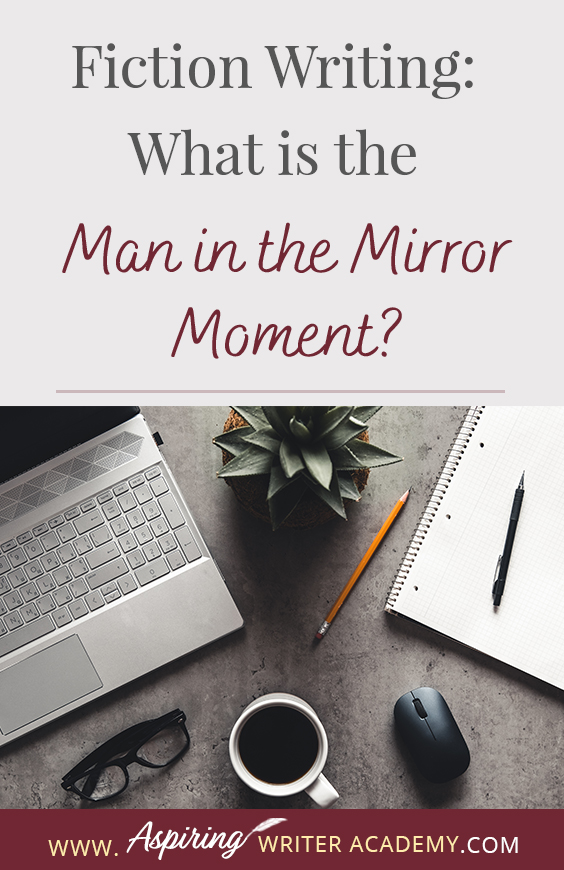
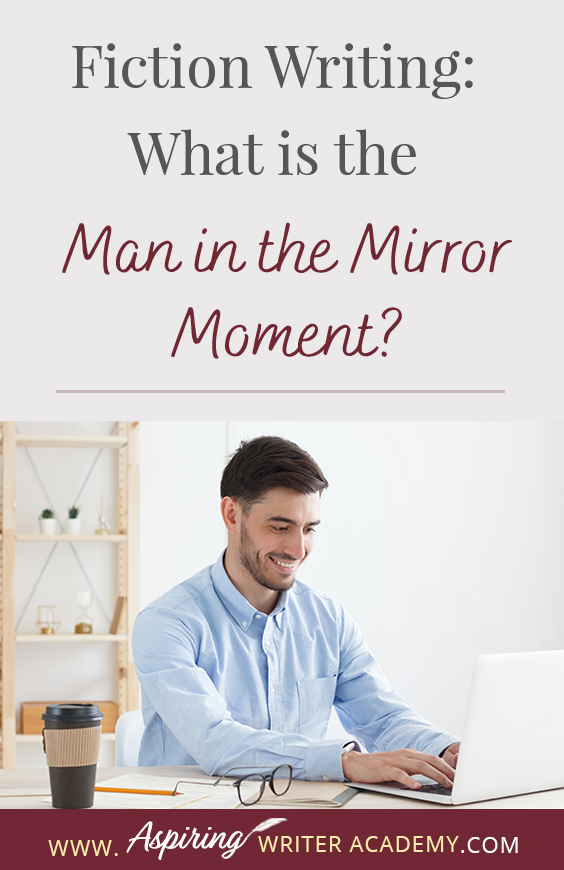
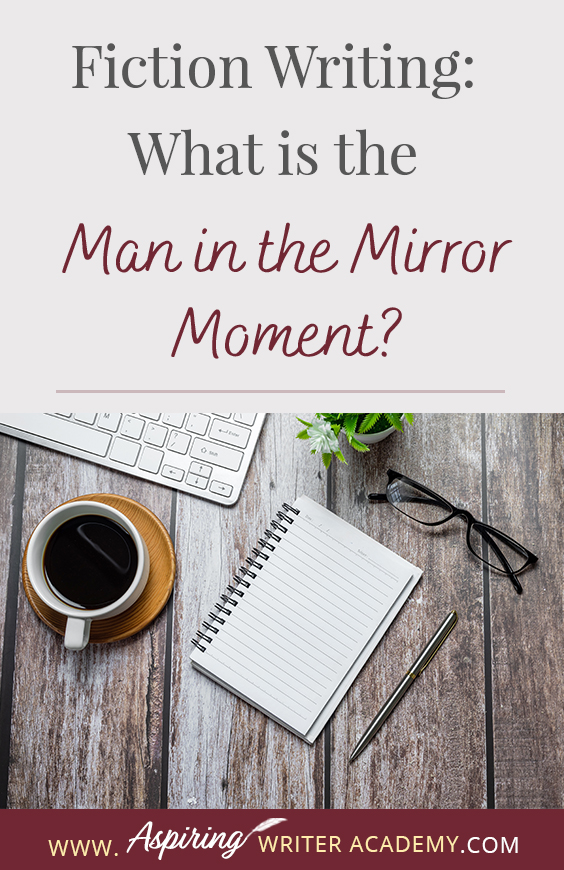
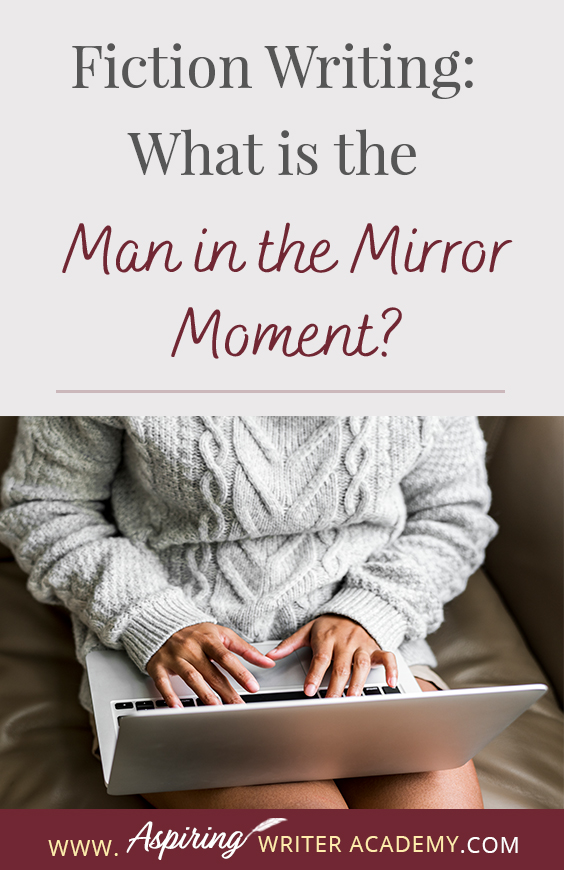
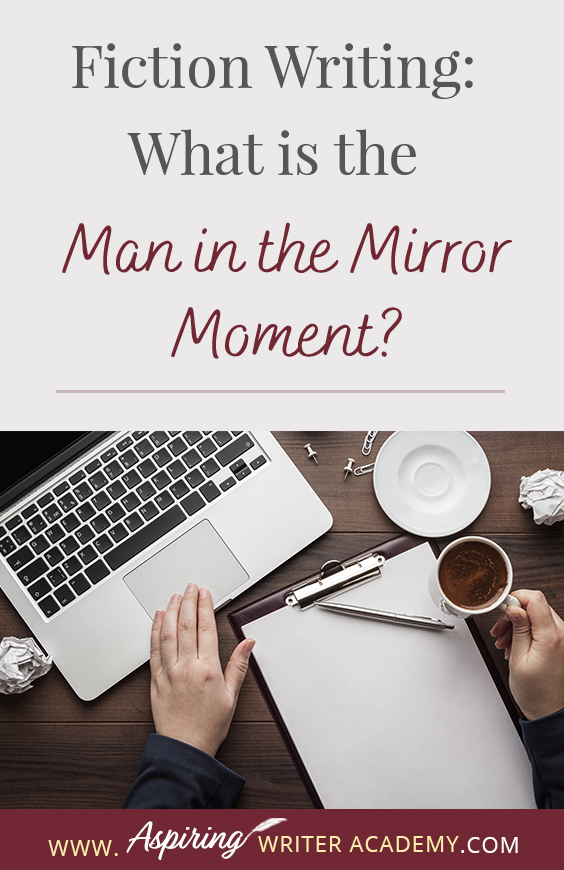
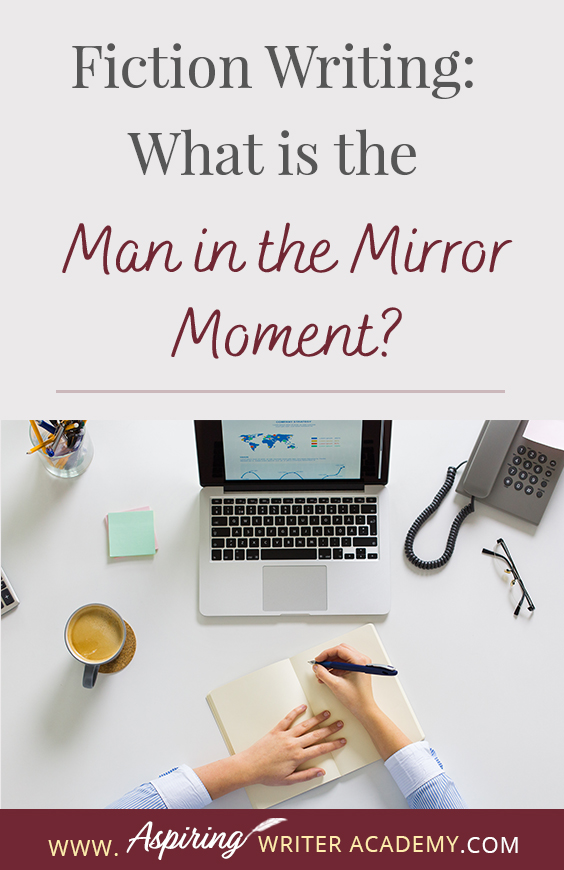
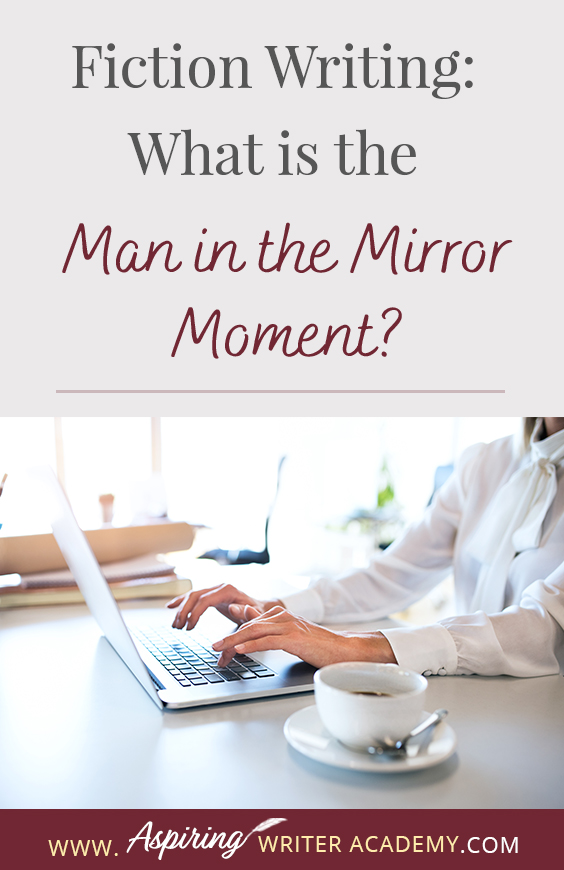
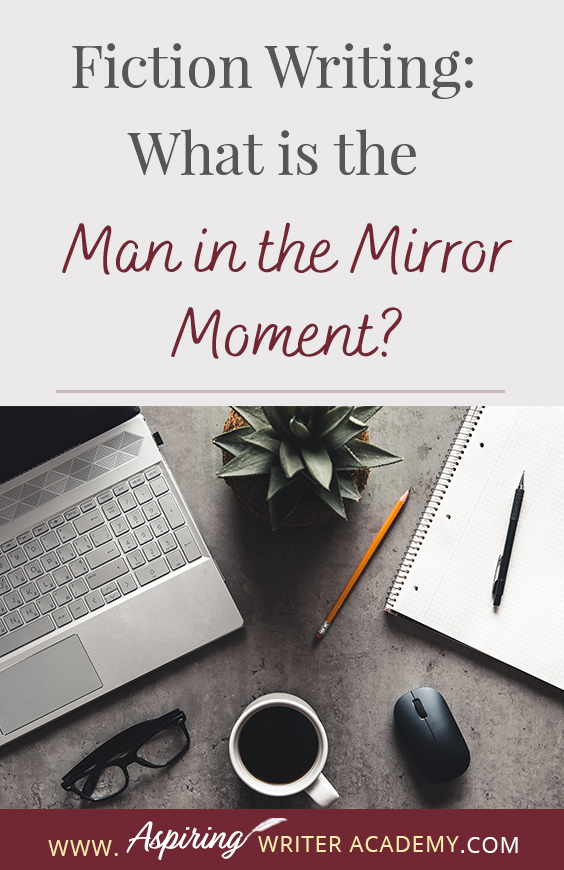
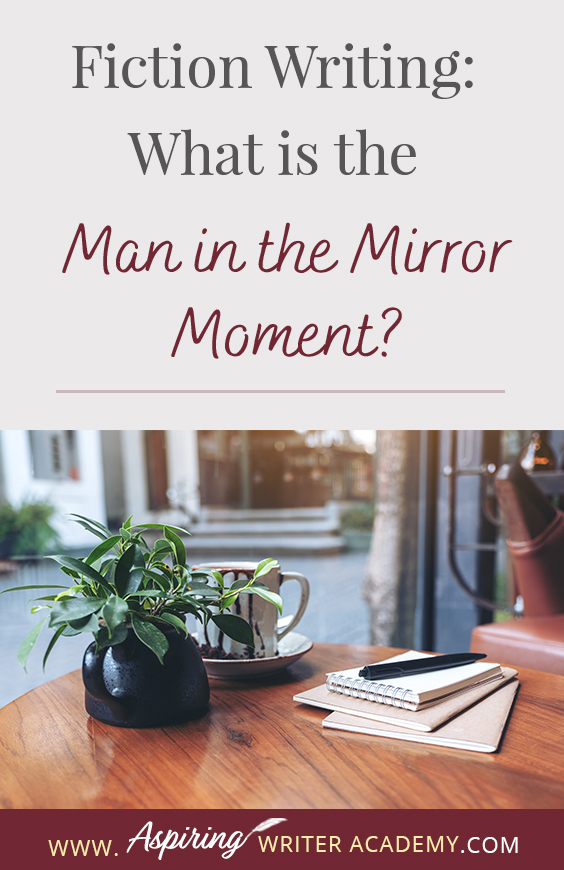
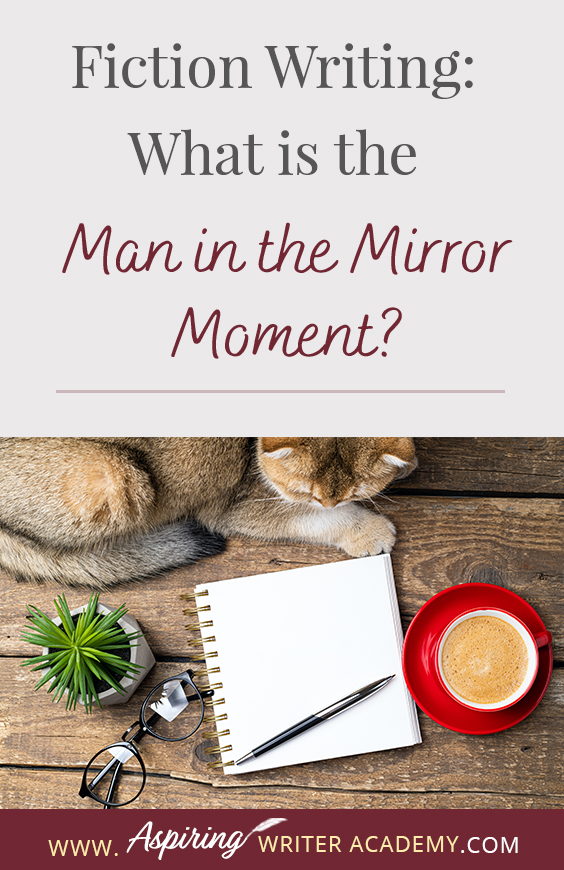
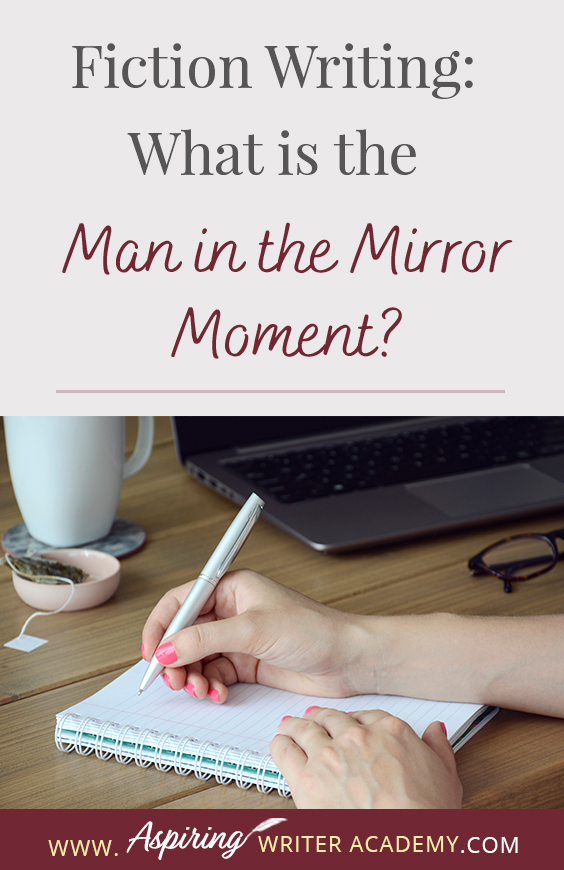
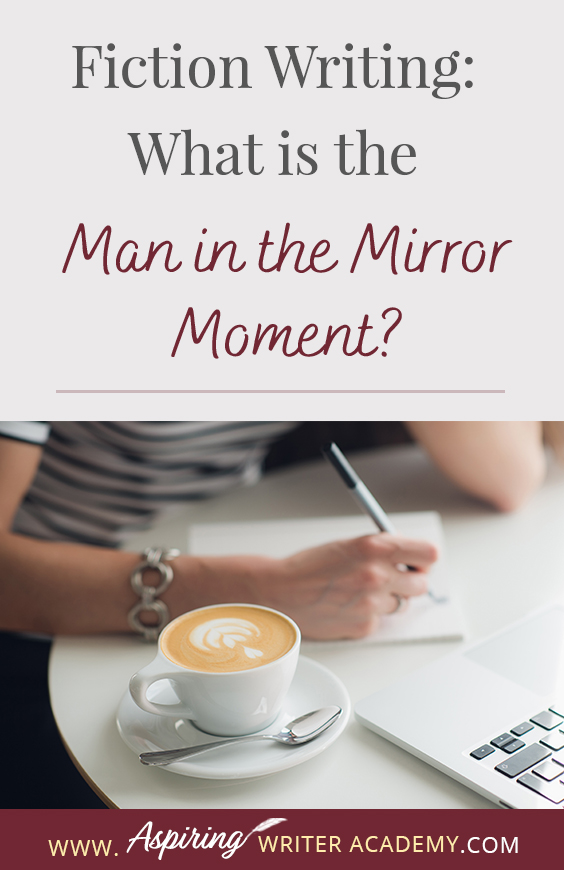
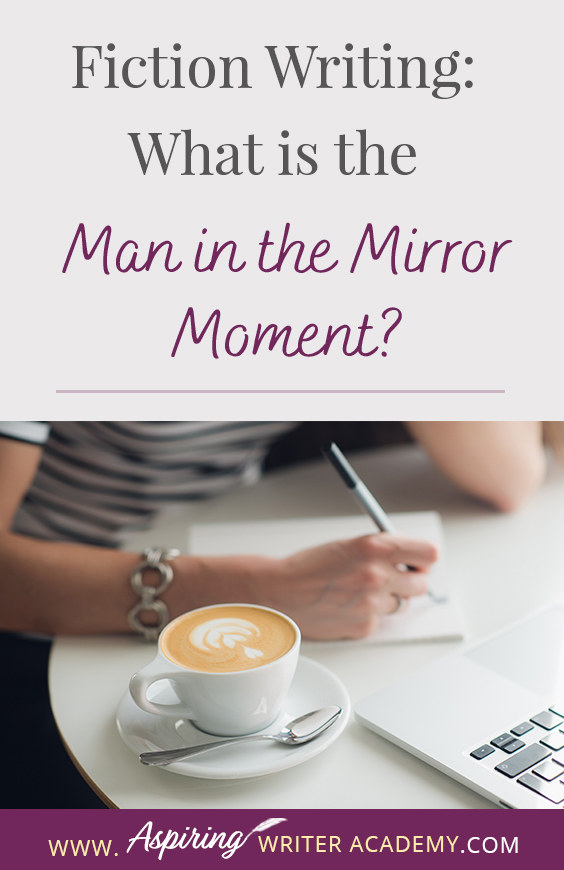
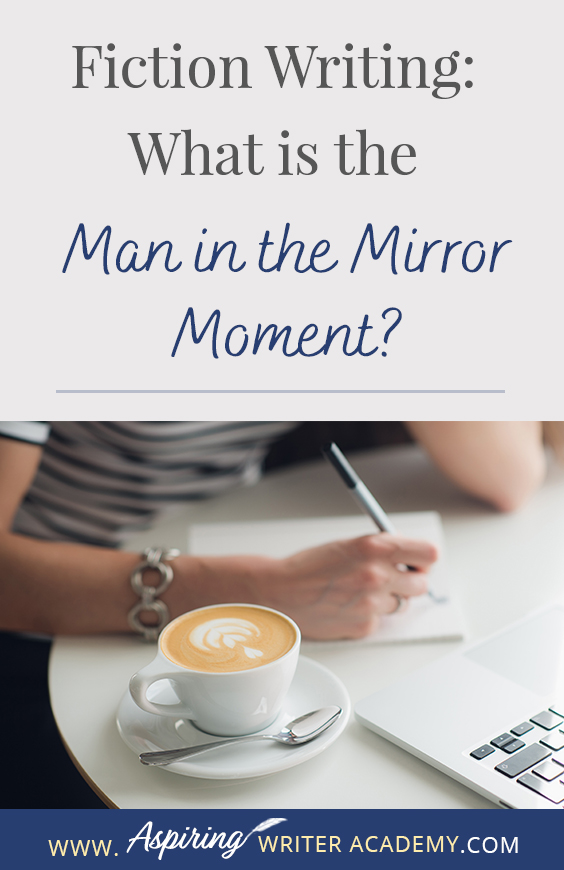
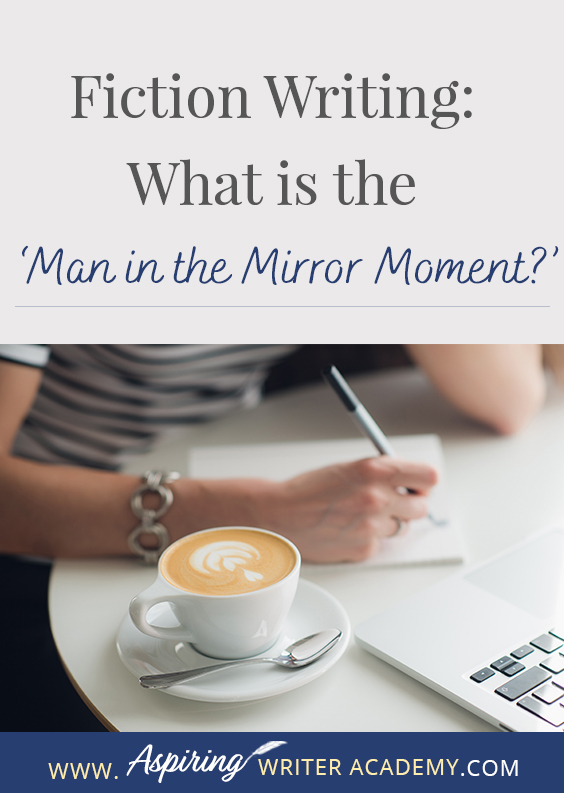


![Avatar (The Original Theatrical Edition) [DVD]](https://m.media-amazon.com/images/I/51pvG-ksEOL._SL500_.jpg)

